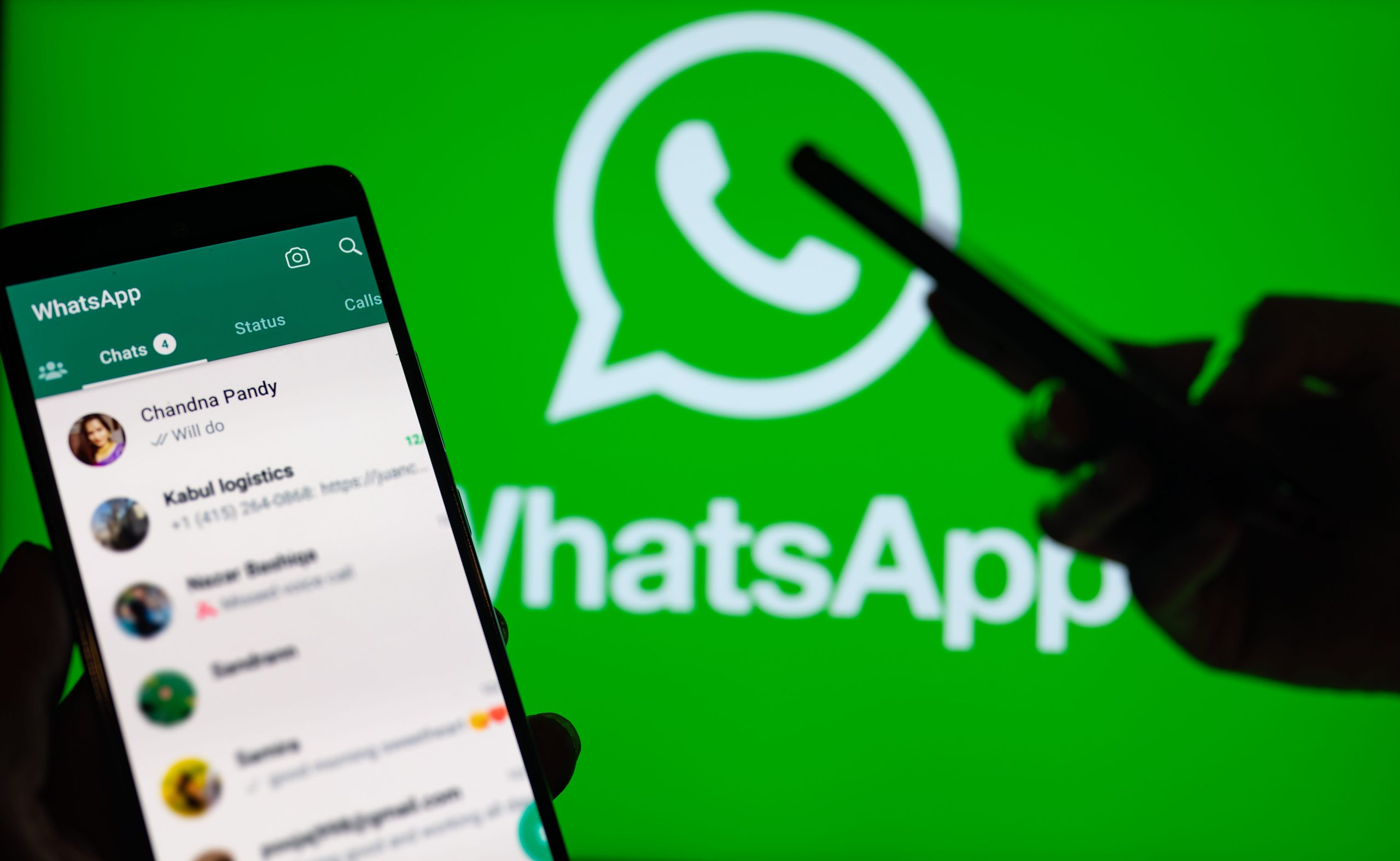Creating a chat application akin to WhatsApp on Android is a multifaceted endeavor that encompasses meticulous planning, strategic design, and adept implementation. This comprehensive guide delineates the essential steps, technologies, and considerations to develop a robust and scalable messaging app.
1. Understanding the Core Features of WhatsApp
Before embarking on development, it’s crucial to comprehend the fundamental features that constitute a chat application like WhatsApp:
- Real-Time Messaging: Instant text communication between users.
- Multimedia Sharing: Exchange of images, videos, documents, and voice notes.
- Voice and Video Calls: High-quality audio and video communication.
- Group Chats: Facilitating conversations among multiple users.
- End-to-End Encryption: Ensuring privacy and security of messages.
- Push Notifications: Alerting users of new messages or calls.
- User Presence Indicators: Displaying online/offline status.
- Contact Integration: Syncing with the device’s contact list.
2. Planning and Designing the Application
a. Market Research and Requirement Analysis
- Target Audience: Identify the demographics and preferences of potential users.
- Competitor Analysis: Study existing chat applications to understand their strengths and weaknesses.
- Feature Prioritization: Determine the essential features for the Minimum Viable Product (MVP).
b. User Interface (UI) and User Experience (UX) Design
- Wireframing: Create basic layouts to visualize the app’s structure.
- Prototyping: Develop interactive models to test user flows.
- Design Tools: Utilize tools like Figma or Adobe XD for designing interfaces.
3. Choosing the Right Technology Stack
a. Front-End Development
- Programming Language: Kotlin or Java for native Android development.
- Frameworks: Jetpack Compose for modern UI development.
b. Back-End Development
- Real-Time Communication: Implement using protocols like WebSockets or services like PubNub citeturn0search7.
- Database: Firebase Realtime Database or Firestore for storing messages and user data.
- Authentication: Firebase Authentication for managing user sign-in and security.
c. Third-Party Services
- Push Notifications: Firebase Cloud Messaging (FCM) for delivering notifications.
- Media Storage: Cloud storage solutions like Firebase Storage for handling multimedia files.

4. Developing the Application
a. Setting Up the Development Environment
- Android Studio: Install and configure Android Studio, the official IDE for Android development.
- Project Structure: Organize the project with clear separation of concerns (e.g., MVVM architecture).
b. Implementing Core Features
- User Authentication: Enable users to register and log in using email, phone number, or social media accounts.
- Chat Functionality: Develop real-time messaging capabilities with message status indicators (sent, delivered, read).
- Multimedia Sharing: Allow users to send and receive images, videos, and documents.
- Voice and Video Calls: Integrate VoIP services for audio and video communication.
- Group Chats: Implement features to create and manage group conversations.
c. Ensuring Security and Privacy
- End-to-End Encryption: Secure messages so that only the sender and recipient can read them.
- Data Protection: Comply with data protection regulations and ensure secure data storage.
5. Testing and Quality Assurance
- Unit Testing: Test individual components for correctness.
- Integration Testing: Ensure that different modules work together seamlessly.
- User Acceptance Testing (UAT): Gather feedback from real users to identify usability issues.
- Performance Testing: Assess the app’s responsiveness and stability under various conditions.
6. Deployment and Maintenance
a. Launching the Application
- App Store Submission: Prepare the app for submission to the Google Play Store, adhering to all guidelines.
- Marketing and Promotion: Develop a strategy to promote the app and attract users.
b. Post-Launch Support
- Monitoring: Track app performance and user engagement metrics.
- Updates: Regularly release updates to fix bugs, improve performance, and add new features.
- User Support: Provide channels for users to report issues and receive assistance.
7. Cost and Time Estimates
- Development Time: Approximately 4 to 6 months for an MVP, depending on complexity.
- Estimated Cost: Varies based on features and development rates; using third-party services like PubNub can streamline development and reduce costs
Developing a chat application like WhatsApp requires a blend of technical expertise, strategic planning, and user-centric design. By following this guide, you can embark on creating a robust, secure, and user-friendly messaging app tailored to your target audience.

